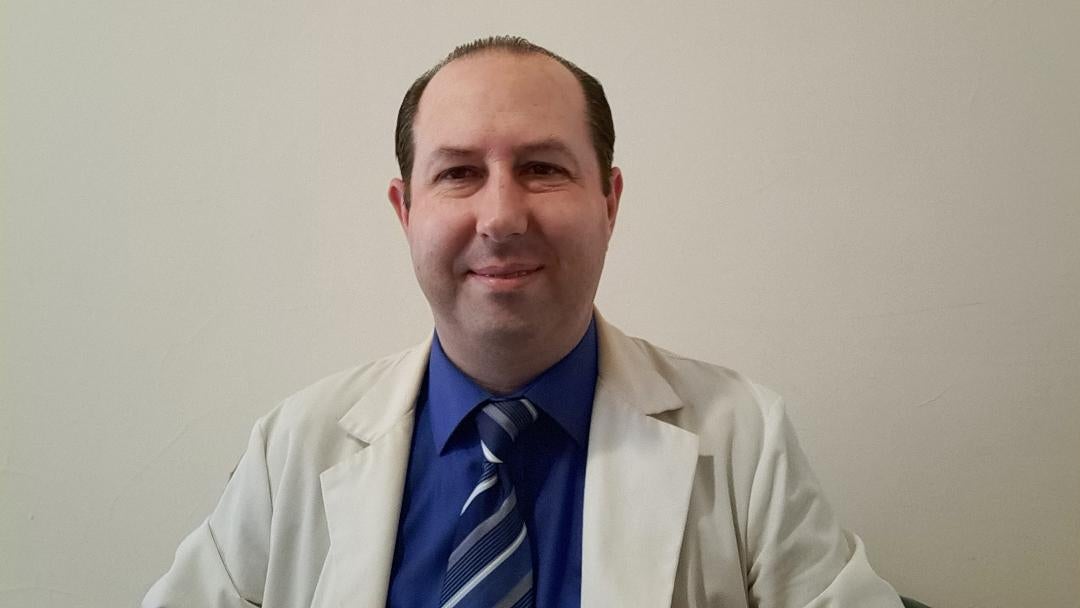When most people think of a drug rehabilitation program, they think about a program that gets people off drugs. And for the most part this is what happens the majority of the time at rehab facilities across Georgia. Conventional drug treatment programs aim to get a person in the program back to where they were before they started using drugs.
In my opinion, this should be the ultimate goal of every treatment plan. The goal should be to get the person off the drugs they are addicted to.
MORE: Shooting victim celebrates recovery with a victory lap
But what if they are not ready to take step? What if they “can handle it”? Step in the novel approach called medication-assisted treatment (MAT) and the philosophy behind it is just what Georgia needs right now.
So what is this MAT program? It is a treatment program that is really not a treatment program. It uses prescription opioids in place of illegal opioids. This is a great stop-gap option. This program now gives a person using illegal opioids a prescription opioid that can be filled at a pharmacy. The use of prescription opioids reduces the risk of overdose and drug-drug interaction because the prescription opioid is a known quantity and quality. The person taking it does not have to worry if the opioid is cut with another drug or what the strength of the opioid is. The philosophy is to reduce the risk of overdose and therefore the risk of opioid overdose death.
MORE: New diabetes drug approved by the FDA
Drug overdoses are a stark possibly for the hundreds of thousands of Georgia residents addicted to drugs. According to the National Institute of Health, of the drug overdose deaths that happened in Georgia in 2018, more than 60% are opioid related.
In 2017, Georgia enacted the Georgia Prescription Drug Monitoring Program in order to respond to the opioid crisis in Georgia. This program set up a tool for prescribers to check prescriptions. Before a prescriber writes a new prescription for an opioid medication, the prescriber checks the program database for recent or current prescriptions for a person. This prevents multiple prescriptions written to same individual. This program has been a success with a 13% decrease in prescriptions written from 2016 to 2018. As of 2020, Georgia has a painkiller misuse rate of 3.7%. Hawaii has the lowest rate in the country at 3.4%. For all the success the Georgia Prescription Drug Monitoring Program has had, illegal opioid overdoses and deaths continue to rise.
MORE: Standard test for multiple myeloma provides clues of a rare, more deadly type
The monitoring program has shown little effect on the number of overdoses and overdose deaths due to illegal opioids. This is the shortfall of the Georgia Prescription Drug Monitoring Program. Heroin and the new comer on the scene, illegally made fentanyl, are illegal drugs with high levels of abuse and overdose in Georgia. When these drugs are mixed with other opioid drugs, sometimes without the knowledge of the person taking the drugs, they create a deadly mixture. Other programs in Georgia are taking aim at the opioid crisis from this side. The naloxone program is making naloxone more widely available. Naloxone, also known as Narcan, reverses the effects of an opioid overdose. This drug is now available without prescription, and training classes are available on how to administer it to persons suspected of having an opioid overdose.
Every component of Georgia’s response to the opioid crisis is doing their part. From the Prescription Drug Monitoring Program, to the expanded availability of naloxone and the opioid drug treatment centers, everything is working together to help keep Georgians safe. Adding to the conventional route is the MAT treatment program. MAT is not the ideal treatment but the treatment that will help lower opioid-related drug overdose deaths in Georgia. And that is what Georgia needs right now.
David Wurbel
David Wurbel is a medical student at the University of Medicine and Health Sciences and a Master of Public Health student at George Washington University. He is a combat veteran who left the Army to attend medical school and hopes to continue his Army service after medical school as a physician for the Army. He did some of my clinical rotations in Augusta, and after completing clinical rotations in Chicago, he moved back to Augusta with his fiancee a year ago. He is currently hoping to be accepted into an internal medicine residency program at Eisenhower Army Medical Center.










